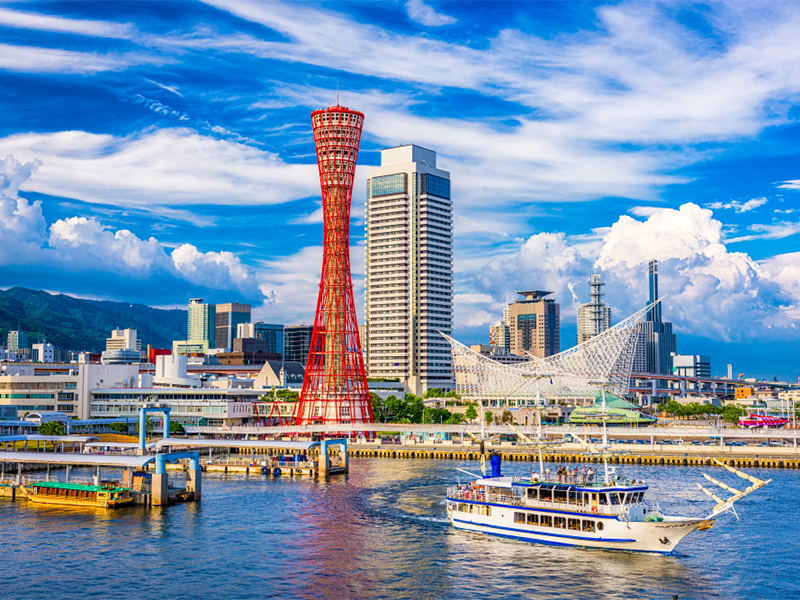As one of the ports open to international visitors – along with Hakodate, Nagasaki, Yokohama, and Niigata – Kobe has had a long history of international influence. Even today, despite being only the sixth largest city in Japan with approximately 1.5 million residents, Kobe boasts 19 consulates general and 40 honorary consulates — second only to Tokyo in diplomatic importance. However, many tourists will zip past the city on their way to Hiroshima or even Himeji without giving it a second thought. But this means they’re missing out on the city’s beautiful architecture, historic significance, and elegant fashion.
Kobe, the City of Sharing
While the ports that opened to international trade all have some similarities, Kobe stands out. Most foreign settlements in these areas were either entirely cut off from local residences by distance or by walls. Kobe, on the other hand, created a separate area for foreign residences that had no real physical restrictions. There were also mixed areas, where foreigners could lease land or rent houses from Japanese citizens. This meant Kobe locals could live next door or down the street from their foreign neighbors, leading to a natural sharing of customs, foods, and fashion.
Locals tell stories of grandparents and great-grandparents who would receive hand-me-downs from foreign neighbors — especially dress shirts. These would be taken apart and resewn to fit children — except for the shirt collar. Because these couldn’t be resized, youngsters wore fitted shirts with a uniquely high collar — a style that remains popular in the city even today.
Others heard stories of their ancestors dropping by French neighbors to pick up a baguette each weekend. This would then be rationed out until Wednesday, with the remaining weekdays reserved for rice. If you’ve ever been asked whether you prefer bread or rice, then maybe it’s because of this Kobe custom! Generations of locals eating genuine French bread may also be why Kobe is known throughout Japan for baking the best bread.
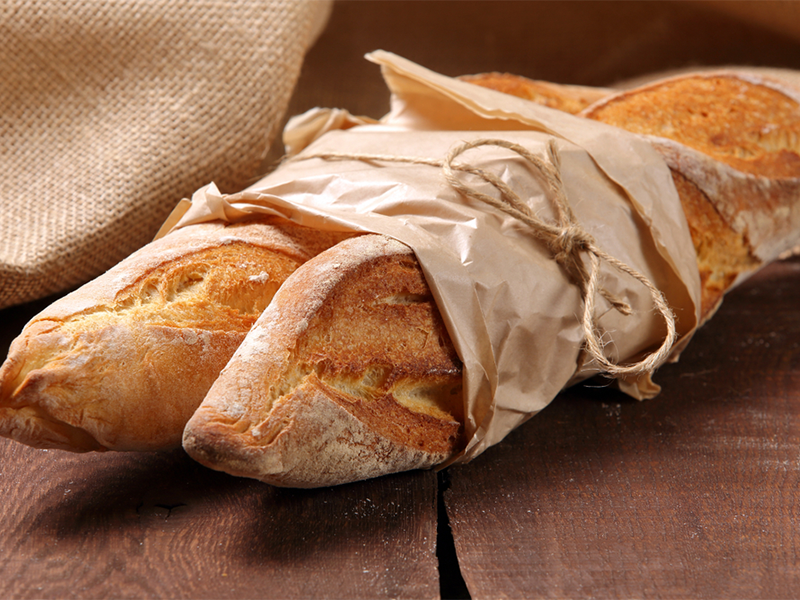
Kobe, the First City of Fashion
Kobe is known throughout Japan for being a fashionable cosmopolitan city and it’s well-deserved. Despite the city’s small population, residents appear to have a stronger sense of style than most other cities of the same size.
Perhaps it’s in part because Kobe was the home of Otokichi Shibata, the first Japanese tailor of Western-style clothing. Shibata studied needlework in Kyoto, but when he married into a wealthy Hyogo-based family, he relocated to Kobe. Though he didn’t need to work, he considered Western fashion an integral part of Japan’s move to become a modern nation. He wasn’t alone — in 1871, the Meiji emperor issued a mandate that required Japanese men to wear Western clothing at official events and other formal settings. Shibata apprenticed at British tailor Cappell’s when it opened in the foreign settlement area in 1869. In 1883, he struck out on his own and bespoke tailor O. Shibata & Sons Ltd is still in business today.
Mai Serizawa, director of elegant ladies’ apparel store MonStork recalls her great-grandmother telling her about sneaking into Kobe’s foreigner-only market to buy international fashion magazines and books. Armed with inspiration, Serizawa opened her own fashion boutique in 1903, catering to both Western and Japanese Kobe elite. Her great-granddaughter continues the tradition by offering timeless elegant fashion for Kobe women even today.
For more on fashion, stop by Kobe Fashion Museum, the first museum in Japan dedicated to fashion.
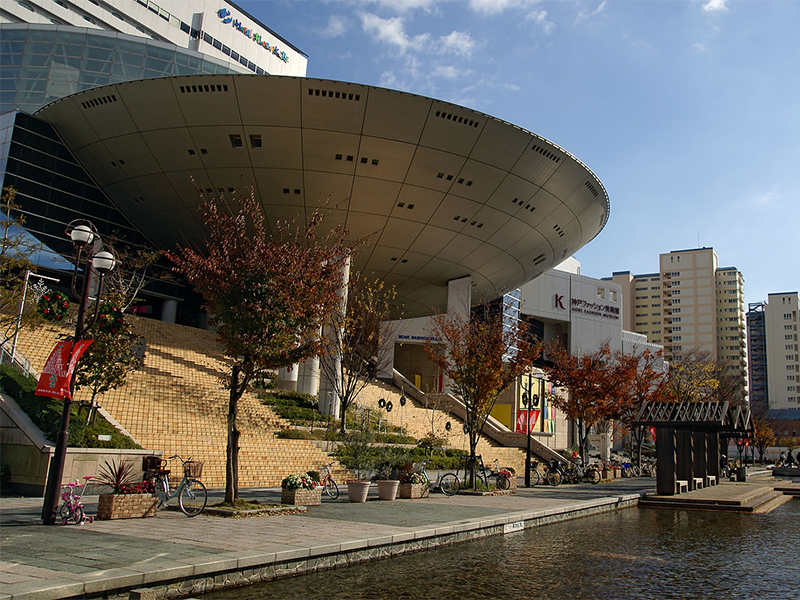
Kobe Fashion Museum / Image via Wikimedia Commons, under CC
Kobe, the City of Pearls
Although Mie Prefecture is home to the exclusive Mikimoto pearls and ground zero for Japan’s pearl farming success, Kobe’s proximity to the area and large international port makes it the perfect spot to connect Japanese Akoya pearls to the world. Approximately 70% of the world’s pearls are processed and exported here, with most companies gathering in the Kitano area on the north side of the city. It was Yasuie Todo who in the 1920s moved to the area after perfecting the pearl processing method. Many pearl processing companies followed suit and eventually Kitano became the pearl center of the city. One of the reasons Todo chose Kitano was because the area enjoys a softened natural light from the north, making part of the pearl processing — checking for blemishes, comparing sizes, colors, luster, and more — easier.
To find out more about pearls, head to Kobe Pearl Museum on the first floor of the Japan Pearl Center (entrance is free).
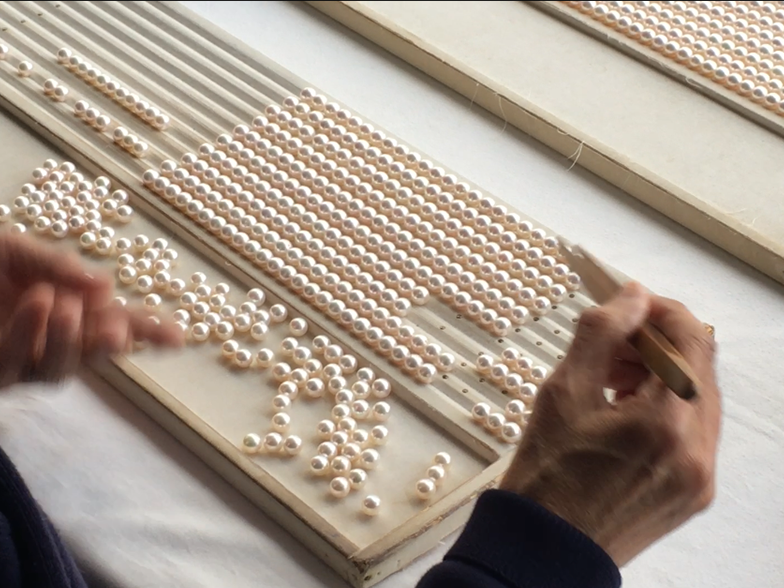
More Things to Do When You Visit
Dine in Style
Pop by the old American consulate and oldest foreign residence in Kobe for a bite to eat. Now housing restaurant and cafe Tooth Tooth Maison 15th, the two-story colonial-style building is an elegant example of old foreign settlement architecture. Though it didn’t survive the 1995 Great Hanshin-Awaji earthquake, it was rebuilt using as many of the original materials as possible and remains an Important Cultural Property. Tooth Tooth Maison 15th is famous for their freshly baked goods, beautiful interior, and occasional illustrious guests, including former US Ambassador Caroline Kennedy.
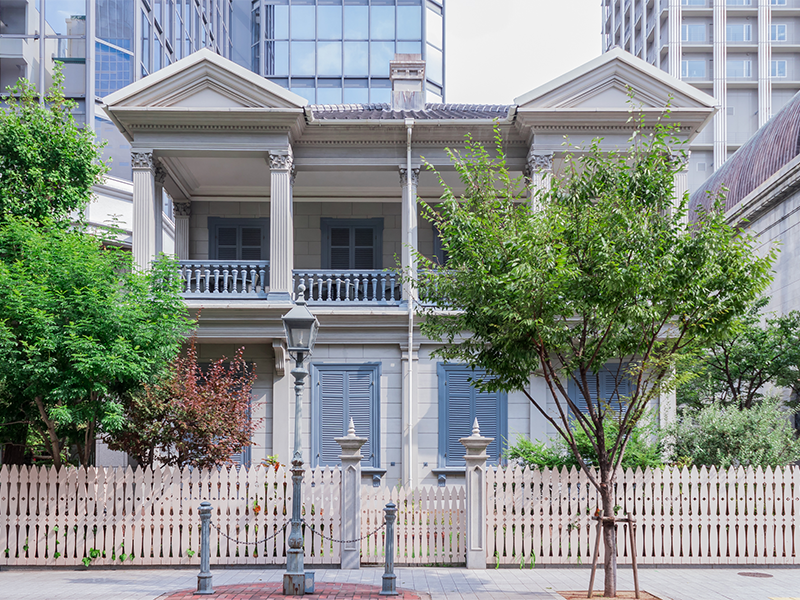
Image by Kakidai via Wikimedia Commons under CC
Enjoy Locally Produced Sake
Sip some of Japan’s finest sake in the nation’s top sake-producing area in the Nada district. Many sake breweries are gathered here because of the clear water, good weather conditions, and its proximity to Kobe city. Here you’ll find Hakutsuru Sake Brewery Museum, which offers a comprehensive background to the history and processes of sake brewing. Hakutsuru always ranks highly at the annual Sake Competition event. Stop by Shushinkan for a spot of traditional Japanese fare for lunch and make the most of it by tasting Fukuju, the sake served at the Nobel Prize Banquet in Stockholm several times. If you buy some sake to take home, check out these novel ways to enjoy it.
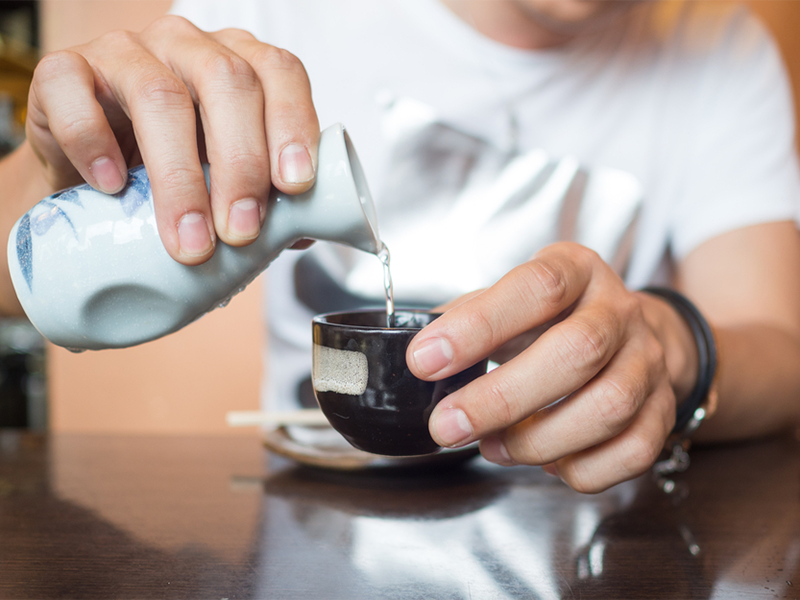
Scale Mount Rokko
Boasting an impressive 931 meters high, Mount Rokko offers fantastic panoramic views of Kobe City and Osaka Bay — so spectacular that it’s referred to as the Million Dollar Night View. It’s not just a mountain though — it houses not only a beautiful terrace with several dining options, it also has multiple observatories, a botanical garden, a musical box museum, and even a snow park! The Rokko-Shidare Observatory is a stunning structure made using fragrant Japanese cypress and designed by Hiroshi Sanbuchi, who was inspired by the natural elements. Drop by after sunset to enjoy its LED-light show themed according to the four seasons.
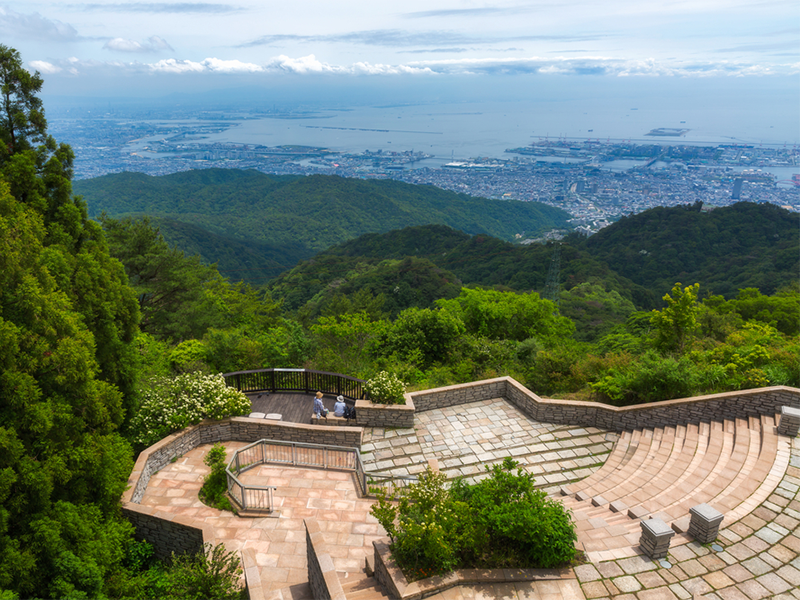
For more information about this amazing city, check out the Feel Kobe website.

